Introduction
The Sabaki river counts is one of the activities that our volunteers love to join in. Naturally, we love having them join with Kirao and the team, just as a much as we love hearing how they found the trip…and sharing that with you.
So, what is new about the Sabaki River Counts? Magdalene and Imnet are more than happy to tell us…
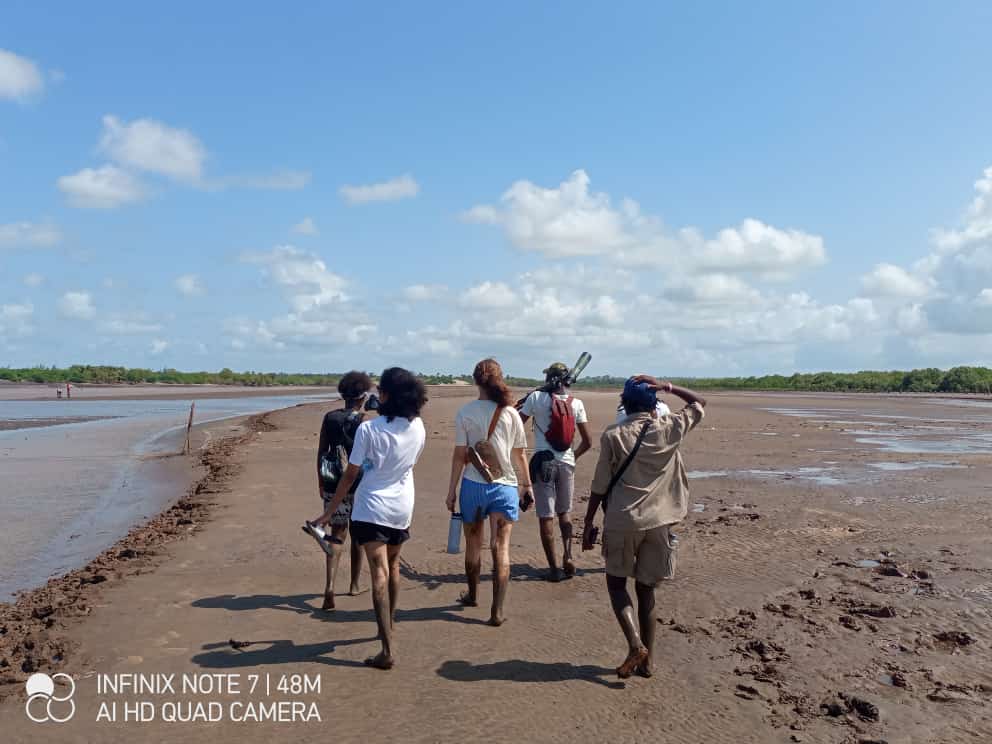
The journey begins
Bumping up and down in the backseats of a white van, we didn’t know what to expect in our field expedition. We knew we were coming along to help Mr. Kirao with bird counting. We knew we needed to bring open-toed shoes. We knew to wear shorts. And that was about it. About an hour after we set off, we finally arrived at the mouth of the Sabaki River, the location for our bird counting.
Once we had all tumbled out of the car, we met our ever friendly tour guide, Amani. Without much ado, we were off. We could tell that it was going to be a fruitful venture as we started seeing birds just as soon as we got past the houses. What was even more exciting was the fact that Kirao could identify the bird species just from the bird calls.
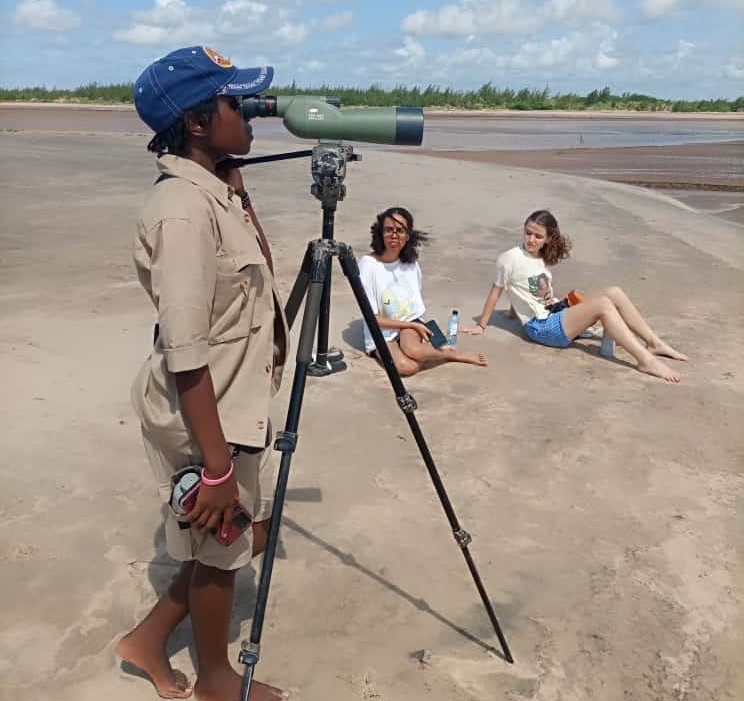
On to the white sand
The path suddenly opened up to rolling sand dunes, and the crashing waves were visible in all their majesty. It was like entering a different world. Or “Dubai” as Eric would say. It was there we first set up the telescope, to look at the Wooly-necked storks. Our guides could identify any bird in an instant, and we had to frantically log in birds we couldn’t even see as Kirao called them out. One of the definite bird highlights were the Madagascar and Collared pratincoles. Again we stopped on the beach and counted more birds and admired the perfect sand and swelling waves.
No matter how long we wanted to stay, we knew we eventually had to move on to observe the birds at the mouth of the river, just before it opened out into the ocean. Only a few minutes later, we stopped again near the Sabaki river. We dipped our feet into the cool water and used our binoculars to watch the birds as our guides continued to rattle their names off.
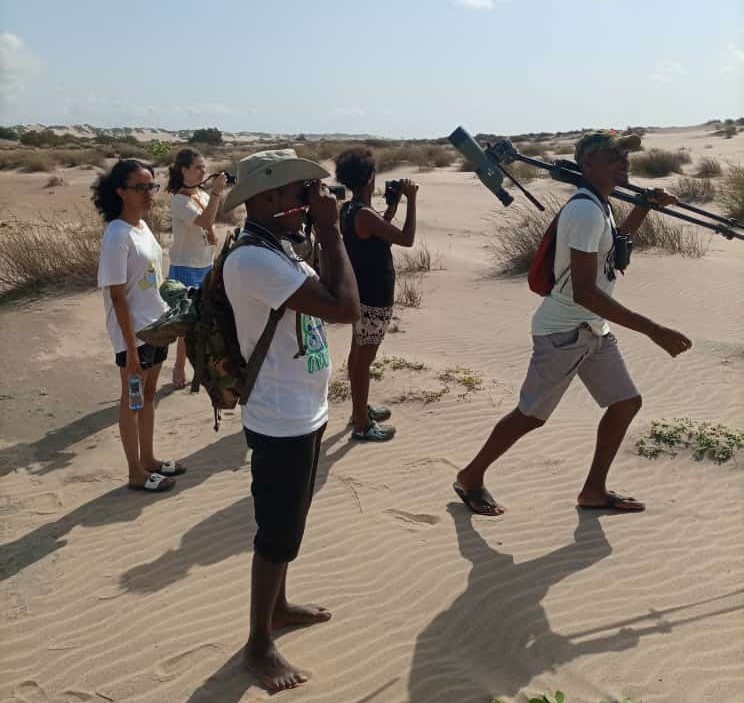
Muddy counts
It was then, with happy hearts and damp feet, that we discovered the reason for the shorts and sandals requirement. Mud. Not just the small patches of wet soil we were used to in Nairobi. We had to trek through thoroughly soaked swatches of land where the river had passed. Knee deep in mud, we took step after exhausting step. With every step forward, the mud sucked our feet downwards like quicksand.
When we emerged, victorious, our feet were entirely covered in a thick layer of mud from the knees down: “African socks” as Amani put it. To Ruth’s dismay, we soon found ourselves in another muddy patch. Squelching, slipping, and sliding, we made our way through not one, not two, but three muddy patches.
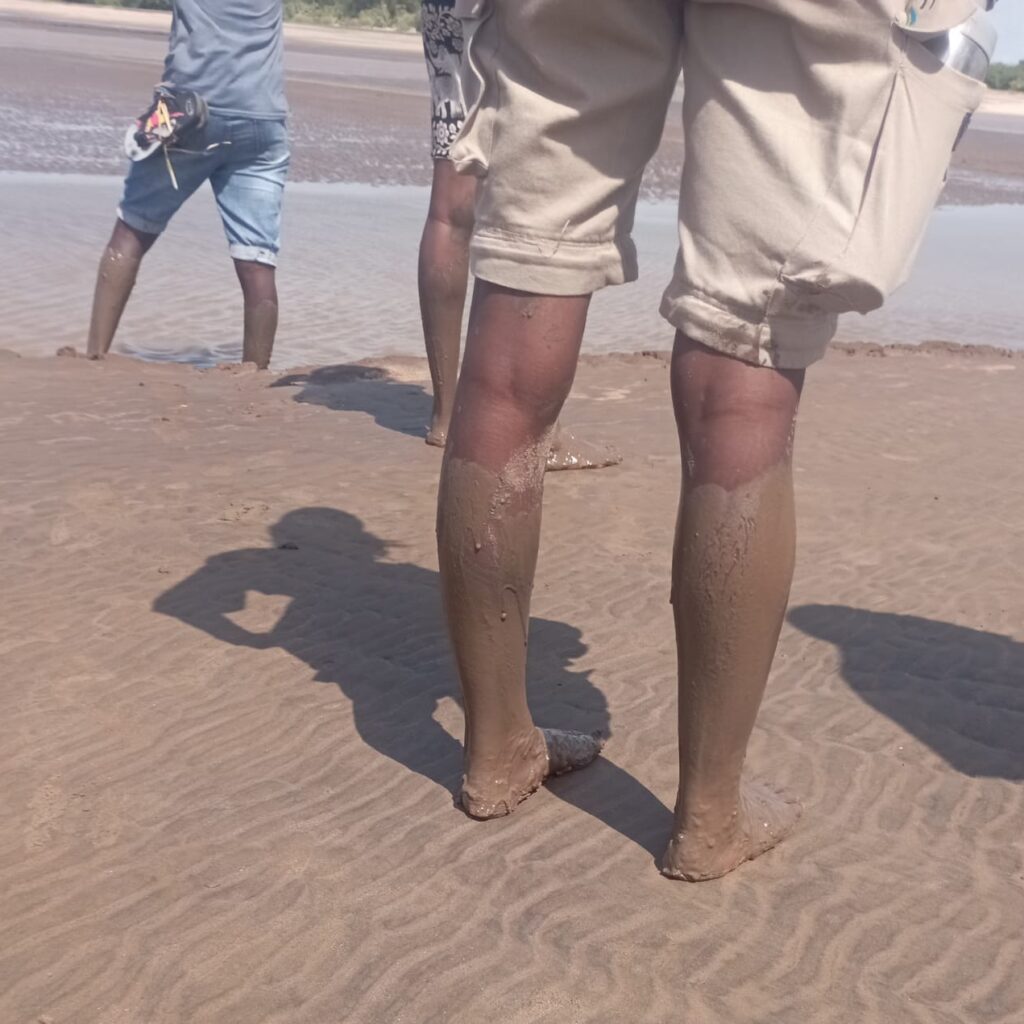
It was worth it
After a messy but fun trek we reached the mangroves, dodging bright orange crabs and hippo footprints to get there. Much to Milly’s relief and Eric’s disappointment, we saw no actual hippos. Our “mud socks” protected us from the brambles as we cut our way back to the car. In the end, we saw only about 1,700birds, which Kirao says is much less than usual for Sabaki. He and our other guides identified around 27 different species of water birds, including Milly’s favorite, the pied avocets with their upward turned beaks.
On the way back, we visited the office where Amani works where they served us deliciously juicy watermelon, a sweet reward for the long morning. Content after a morning spent in God’s wonderful creation, we sat down to write out our thoughts in hopes of encouraging some of you to take part in what has been a delightful adventure for the both of us.
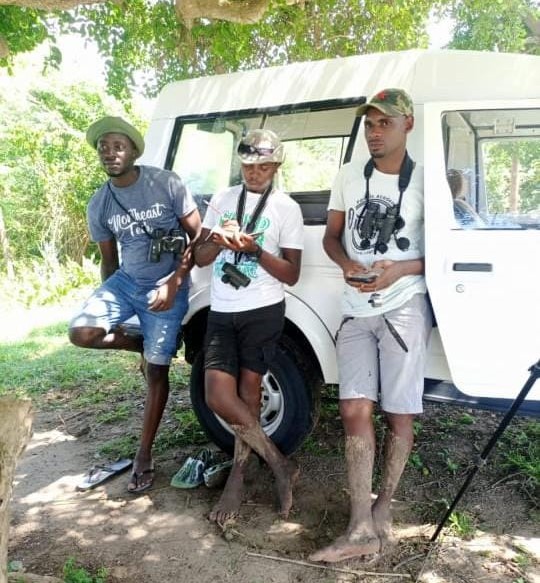
Conclusion
Sabaki is a stopover for many migratory birds. That is why we carry out monthly counts to keep track of the population and types of bird species found here. This helps in establishing a trend, telling us about the healthy of the Sabaki ecosystem and how to best conserve it.